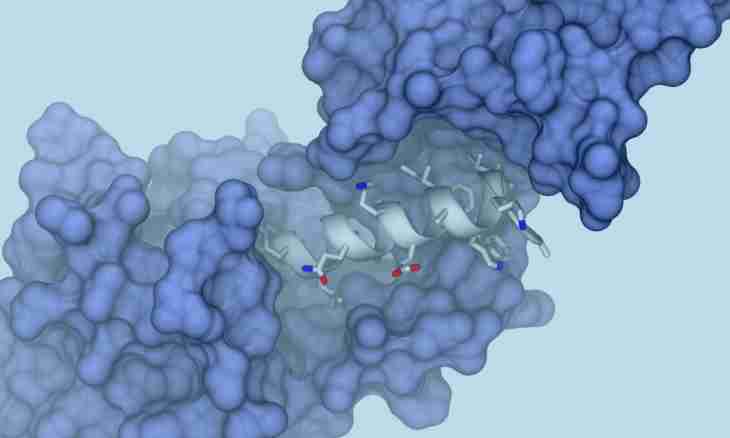The relative molecular mass of substance is the size showing how much the mass of one molecule of this substance is more than 1/12 mass of carbon isotope. In a different way, it can be called just molecular weight. How it is possible to find relative molecular weight?
It is required to you
- Mendeleyev's table.
Instruction
1. Everything that is required to you for this purpose – Mendeleyev's Table and elementary ability to make calculations. Relative molecular weight is the sum of atomic masses of the elements which are a part of the molecule interesting you. Certainly, taking into account indexes of each element. The atomic mass of each element is specified in Mendeleyev's Table along with other important information, and with very high precision. You for these purposes quite will be suitable also the rounded values.
2. Consider, for example, connection well familiar to all – sulfuric acid. This so important substance that it informally call "chemistry blood". What its relative molecular weight? First of all, write its formula: H2SO4.
3. Now take Mendeleyev's Table and determine atomic masses of each element which is its part. Such elements three: hydrogen, sulfur, oxygen. Atomic mass of hydrogen (H) =1, atomic mass of sulfur (S) =32, atomic mass of oxygen (O) = 16. Considering indexes, summarize: 2 + 32 + 64 = 98. Such is the relative molecular mass of sulfuric acid. Pay attention that it is about the approximate, rounded result. If for any reason high precision is required, then it is necessary to consider that the atomic mass of sulfur not exactly 32, and 32.06, hydrogen – not exactly 1, and 1.008, etc.
4. In the same way it is possible to determine the molecular mass of any substance as having rather simple structure, and very difficult. It is necessary to know an exact formula of substance only. And at all not to forget about indexes.

